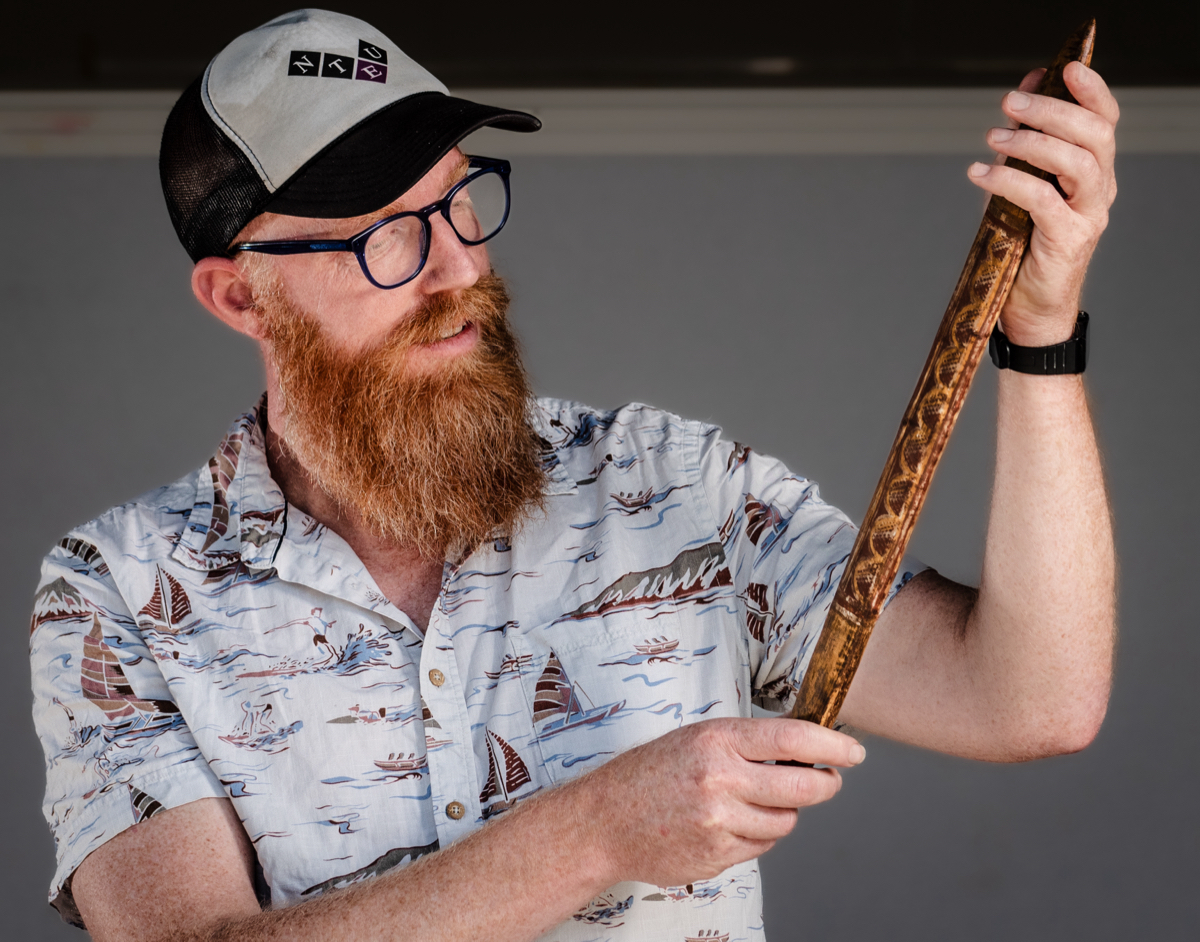A new online database of over 1500 Aboriginal message sticks has just launched to the public as part of a project to bring these unique artifacts together in one (virtual) place where they can be readily viewed and analysed.
Message sticks are engraved pieces of wood that were traditionally carried as ‘letters’ between First Nations communities in Australia. Special marks on the sticks conveyed news, warnings, requests and invitations.
The new database, which includes visual records, allows First Nations people to reconnect with message sticks that have been removed from their Country, and to bring their meanings to light.
“Settlers collected enormous numbers of message sticks but they quickly disappeared into museums around the world” said research coordinator Dr Piers Kelly at the University of New England, Armidale.
“Most have remained buried in boxes or storage cabinets, never to be seen again. Until now”.
“Some of these objects hold touching stories of love, conflict and loss. Others carry more mundane requests for goods like clothing or tobacco.”
Early anthropologists assumed that message sticks were a form of aide-memoire that helped the bearer remember a message that might take many days to convey on foot.
Subsequent research suggests that the reality is more complex. The database contains evidence that there was a wide variation in these objects and their markings.
“The use of message sticks was in decline in southern Australia by the late nineteenth century, but they were still used in the north within living memory,” Dr Kelly said. “There are old men in Arnhem Land who remember message sticks still being used in the 1970s, even early 1980s.”
Dr Lorina Barker, a Wangkumara and Muruwari scholar at the University of New England is a research partner on the project. At the Australian Museum, Dr Barker located a significant message stick belonging to her ancestors. The event was captured in the Australian documentary series First Inventors that aired last year.
“When I saw the message stick, it spoke to me. I could see our rivers. I could see our Songlines,” Dr Barker told Network 10/SBS.
Other significant message sticks once considered ‘lost’, have been reconnected to communities across Australia including those belonging to Bininj Gunwok, Wakka Wakka, Mayi-Kulan, Yan-nhangu and Maung peoples.
The database involves a collaboration between UNE, Taragara Research, The Australian National University, the Max Planck Institute for Evolutionary Anthropology in Leipzig and the Gesellschaft für wissenschaftliche Datenverarbeitung at the University of Göttingen.
Over 36 museums, galleries, archives and Aboriginal cultural centres have contributed data and expertise to the project.
A paper on development of the database has been published in the journal PLOS One: https://journals.plos.org/plosone/article?id=10.1371/journal.pone.0299712
The database can be searched at www.messagesticks.com.au


